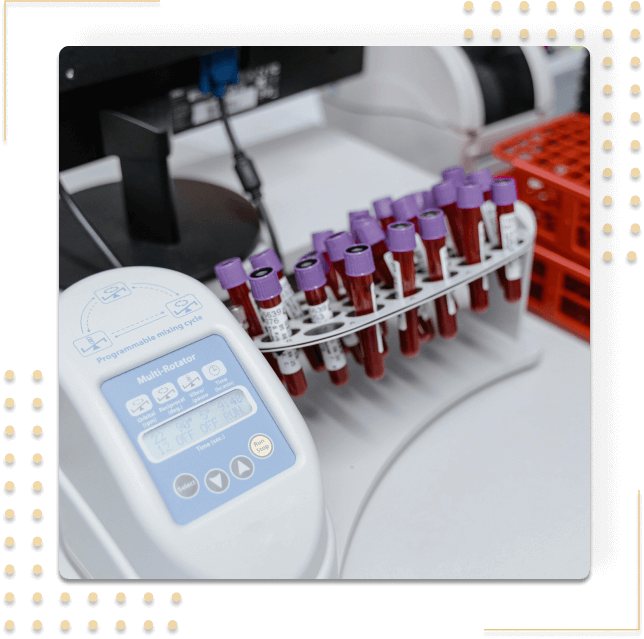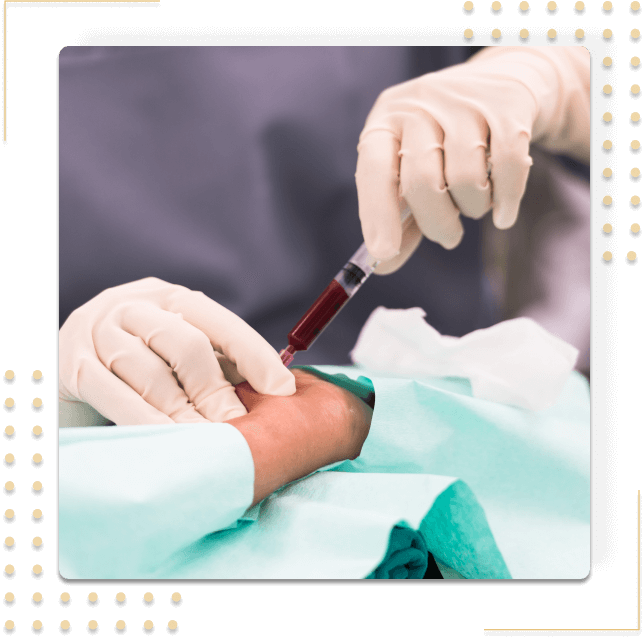- 6957 W Plano Pkwy, Suite 2100, Plano, TX 75093

Spinal leaks can occur spontaneously, after a spinal tap, or after an epidural. Spinal leaks are more than postural headaches! Did you know spinal leaks can persist for years? It may cause low back pain and precipitate a dysautonomia condition like POTS. One treatment is an epidural blood patch is a medical procedure where a small amount of a patient’s own blood is injected into the epidural space to seal the leak.
A dural puncture occurs when the dura mater, the tough outer membrane surrounding the spinal cord and cerebrospinal fluid (CSF), is inadvertently breached by a needle.
This can happen during epidural procedures or lumbar punctures. The puncture allows CSF to leak into the epidural space, reducing the pressure around the brain and spinal cord, which leads to headache that is worse when standing or sitting up and better when laying flat. Back pain can also occur. These tears can last for a long time and take some time to heal.

A spinal leak headache typically presents as a severe headache that worsens when sitting or standing and improves when lying down.

A spinal leak headache is characterized by a severe headache that worsens when the patient is upright and improves when lying down. Other symptoms can include nausea, neck stiffness, photophobia, and hearing changes. These symptoms typically appear within 48 hours of the dural puncture but can sometimes be delayed. Sometimes, the headaches will persist long term and will require additional treatment. Don’t suffer in silence.
Bed Rest: Encourages the CSF leak to seal on its own.
Hydration: Helps increase CSF production
Caffeine: Acts as a vasoconstrictor and can help reduce headache severity.
Analgesics: Provide symptomatic relief.
While these measures can be effective for mild cases, severe or persistent headaches often require more definitive treatment.
While generally safe, the epidural blood patch can have potential complications, including:
Temporary discomfort at the injection site
As with any invasive procedure, there is a risk of infection.
Rarely, patients may experience transient neurological symptoms.
Spinal leak headaches typically presents as a severe headache that worsens when sitting or standing and improves when lying down.
The epidural blood patch is highly effective, providing immediate relief of spinal leak symptoms in the majority of patients. The success rate of the first blood patch ranges from 70% to 90%, with a second patch often providing relief for those who do not respond to the first.
Patients typically experience significant improvement within minutes to hours after the procedure. Let’s talk about your headaches, low back pain, back tugging, and other symptoms.

An epidural blood patch procedure involves injecting a patient’s own blood into the epidural space to seal a leak and alleviate symptoms of a spinal leak headache.

When conservative treatments fail to provide adequate relief, an epidural blood patch is typically recommended. This procedure involves the injection of the patient’s own blood into the epidural space, near the site of the dural puncture. The injected blood forms a clot, which seals the puncture and stops the CSF leak.
Preparation: The patient is positioned, typically sitting or lying on their side, in a manner similar to the initial epidural procedure.
Blood Draw: Approximately 20 milliliters of the patient’s blood is drawn under sterile conditions
Injection: Using a sterile technique, the blood is injected into the epidural space at or near the site of the original puncture.
Observation: The patient is observed for immediate relief of symptoms and monitored for any complications.
Epidural blood patches at Southwest Pain Management could be the answer for you.
The epidural blood patch is a critical intervention for managing the spinal leak resulting from accidental dural punctures. Prompt recognition of symptoms and appropriate use of this procedure can significantly improve patient outcomes.
Dr. Robert Groysman, MD’s expertise in this area underscores the importance of skilled technique and comprehensive patient care in addressing this challenging complication. By employing the epidural blood patch effectively, healthcare providers can ensure rapid relief and recovery for patients suffering from spinal leak symptoms.
